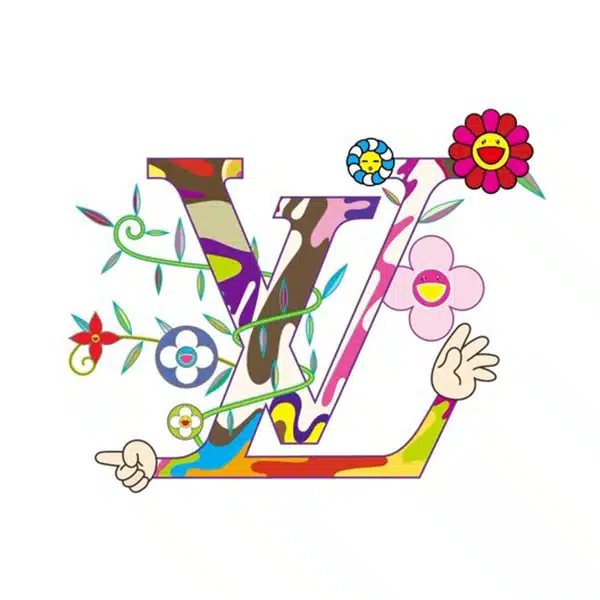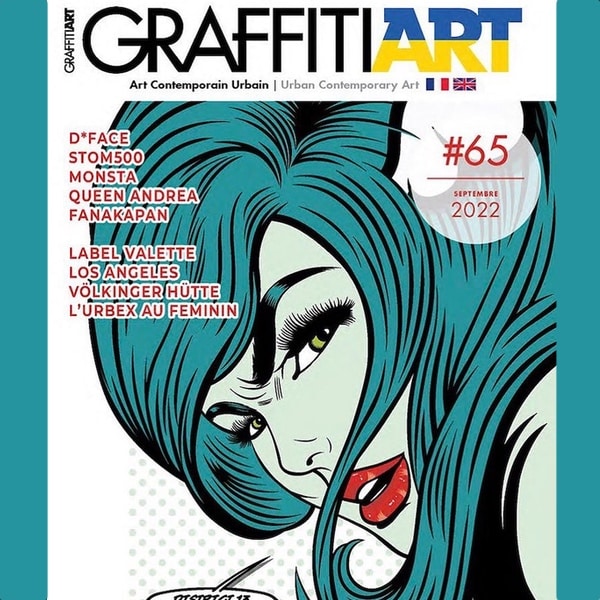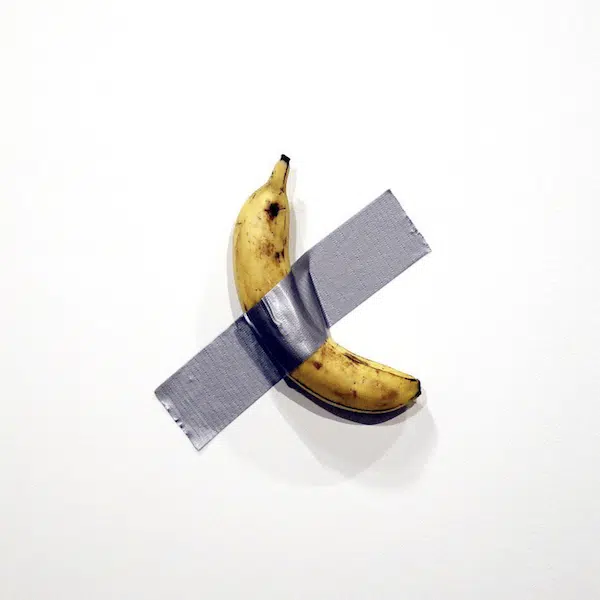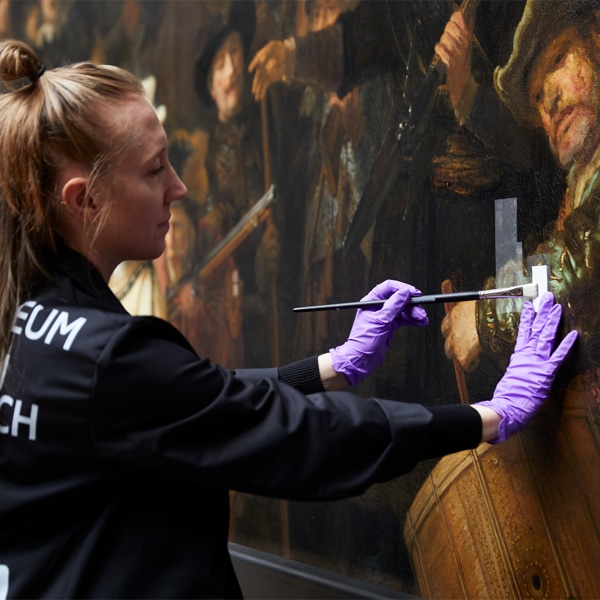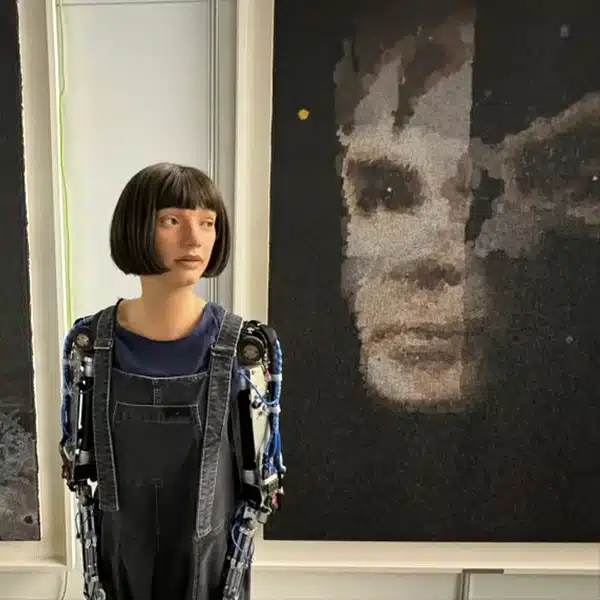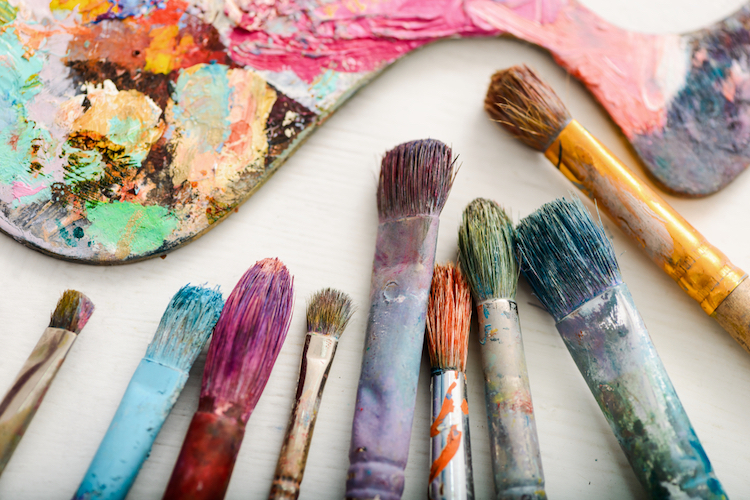
Photo: Stock Photos from Yuriy Golub/Shutterstock
This post may contain affiliate links. If you make a purchase, My Modern Met may earn an affiliate commission. Please read our disclosure for more info.
In order to understand any field, it's important to have a solid foundation from which to grow. For visual art, this means understanding the elements of art. These creative building blocks are essential and having a grasp on how they work is important both for artists and lovers of art. By gaining a deeper understanding of the elements of art, it's easier to analyze, unravel, and create any type of artwork from painting and photography to sculpture and architecture.
In fact, many of these elements are taught to schoolchildren as part of basic art education. But while the concepts may seem simple, once mastered they can stretch and grow in all directions, no matter what style of art is being created or appreciated. The elements of art are concrete visual components that work in tandem with principles of art that organize and harmonize them.
Line, color, shape, form, value, space, and texture are the seven core elements of art and they often overlap and inform one another. Whether talking about drawing, painting, sculpture, or design, these components of art all need to be taken into consideration. Once you have a handle on these seven visual elements, creating your own art is easier to do.
But you don't need to be an artist yourself to find the elements of art useful. Any art lover will be able to view artwork in a more meaningful way by learning more about these core visual components.
What are the seven elements of art?
Line
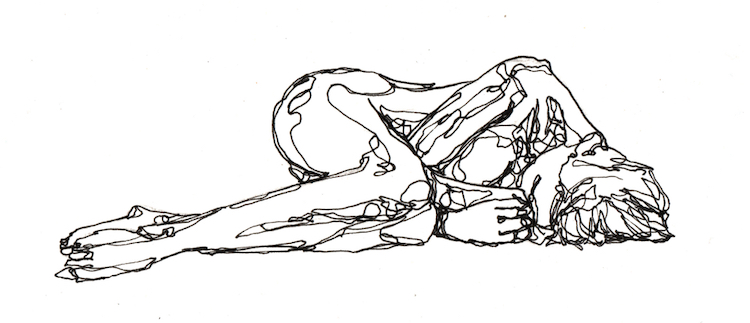
Photo: Stock Photos from Rabbit Run 11/Shutterstock
These marks span a distance between two points and can be straight or curved. In visual art, lines don't only need to be made with marks and outlines. They can also be implied or abstract. Whether two-dimensional or three-dimensional, there's no denying that lines have a significant impact on the rest of the elements of art. They can be used to create shape and form, as well as give a sense of depth and structure. Lines are the foundation of drawing and are a powerful tool in themselves. Using different types of lines—continuous, broken, vertical, jagged, and horizontal—drastically changes the psychology of an artwork, impacting the viewer greatly.
Throughout art history, artists have used the line as a principle means of visual expression. Want to know more? Discover the long history of line art.
Color
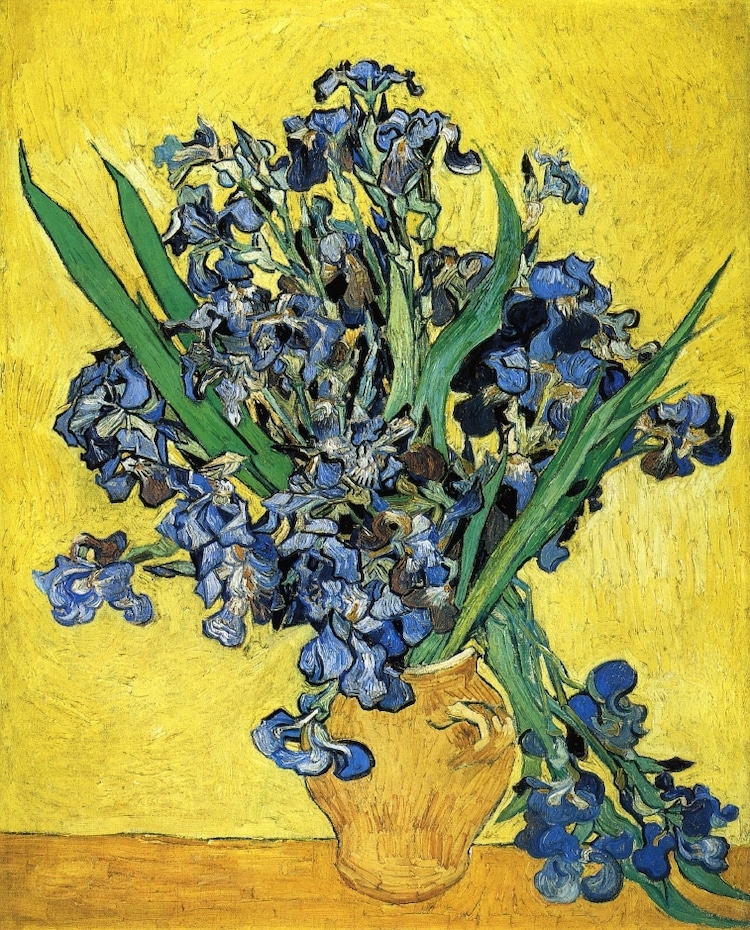
“Still Life with Irises” by Vincent Van Gogh. 1890.
By working with hue, value, and intensity—three building blocks of colors—artists can tap into a wide range of emotions. There's nothing that changes an artwork's emotional impact more than color. Masters like Van Gogh, Monet, and Toulouse-Lautrec all expertly manipulated color in their art to provoke different feelings. Color can be used symbolically or to create a pattern. It can be selected for contrast or to set a specific mood.

Photo: Stock Photos from JKesler/Shutterstock
A deep understanding of color theory helps an artist make better use of the hues they have at their disposal. The modern color wheel is a wonderful tool to use. It is designed to explain how color is arranged and how each color interacts with one another. At the center of the color wheel you will find the three primary colors and in the outer circle, the secondary colors—two primary colors mixed. The very edge of the circle features tertiary colors, a mixture of primary colors with an adjacent secondary color.
Shape
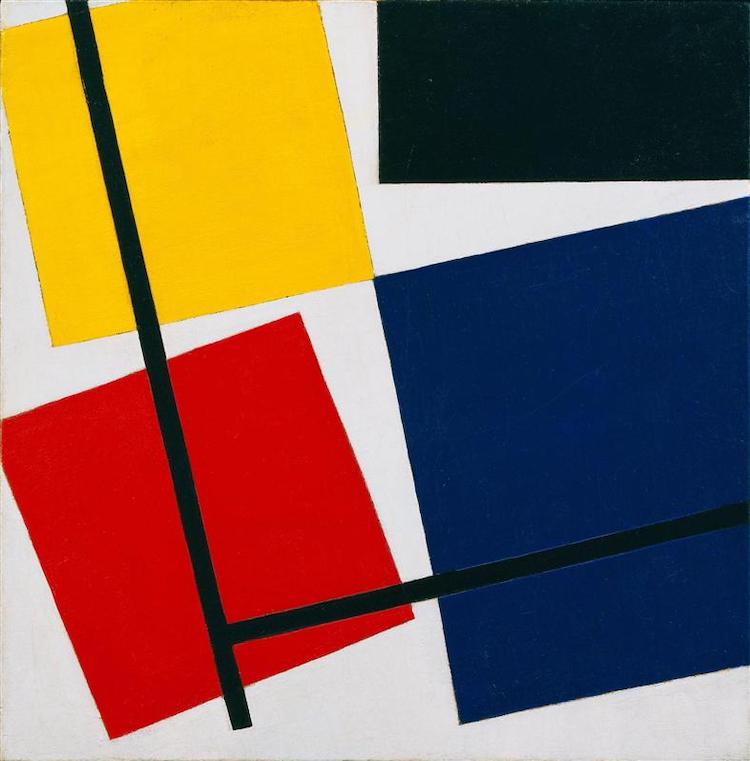
“Simultaneous Counter Composition” (1930) by Theo van Doesburg (Photo: Public domain via WikiArt)
The result of closed lines, shapes are two-dimensional, flat, and only have height and width. Geometric shapes like circles and squares are mathematical and precise, while organic shapes take cues from nature and tend to be curved and abstract. Henri Matisse‘s collage art makes great use of organic shapes, while Piet Mondrian is known for relying on geometric shapes in his paintings. Shapes can be used to control how we perceive a composition. For instance, triangles can help draw the eye to a particular point, while circles represent continuity.
Form
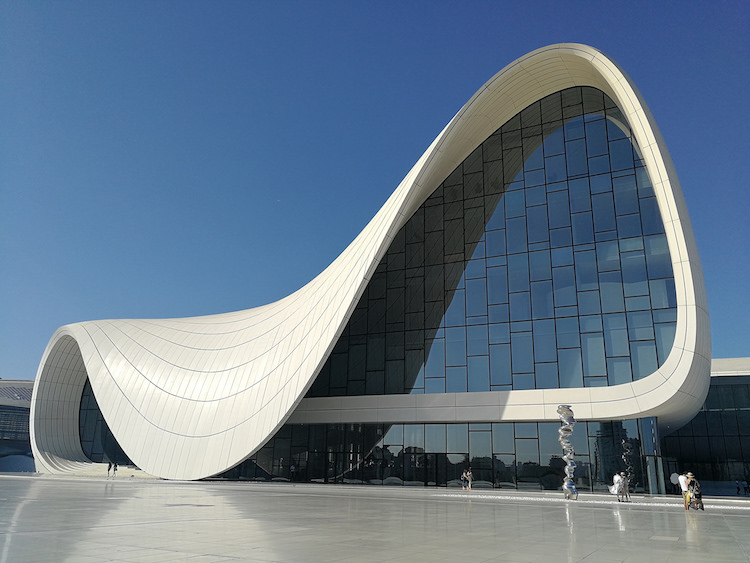
Heydar Aliyev Center (2007-2012) by Zaha Hadid. (Photo: Aleksandr Zykov)
When a shape acquires depth and becomes three-dimensional, then it takes on form. Cylinders, pyramids, and spheres are some of the more common forms, though they can also be amorphous. In sculpture, form is of the utmost importance, though it can easily be introduced into drawing and painting using 3D art techniques. Baroque sculptor Bernini was a master of form, carving his sculptures in a way that gave enjoyment from any perspective. Form is also a big consideration in architecture, with acclaimed architects like Frank Lloyd-Wright, Zaha Hadid, and Tadao Ando giving careful consideration to this element in their designs.
Value

“The Tetons and the Snake River” (1942) by Ansel Adams. (Photo: Public domain, via Wikimedia Commons)
Related to color, value is the lightness and darkness of a color. The lightest value is white and the darkest value is black, with the difference between them defined as the contrast. Playing with value can not only change certain forms, but also influence the mood of the artwork. Value is so important that the Italians created a term—chiaroscuro—that specifically refers to the use of light and dark in a piece of art. Baroque painter Caravaggio was a master of using chiaroscuro in his moody oil paintings. Photographer Ansel Adams is another example of an artist who expertly used value to his advantage by using areas of contrast to create interest in his landscape photography.
Space

(Photo: Guillaume Briard)
This element of art can be manipulated based on how an artist places lines, shapes, forms, and color. The placement of these other elements creates space. Space can be either positive or negative. Positive space is an area occupied by an object or form, while negative space is an area that runs between, through, around, or within objects. Artists often think about the foreground, middle ground, and background of their artwork, purposefully placing shapes and lines throughout the space to achieve the perfect composition. A sense of depth in two-dimensional works is often achieved by perspective, which itself can rely on lines or colors.
Texture
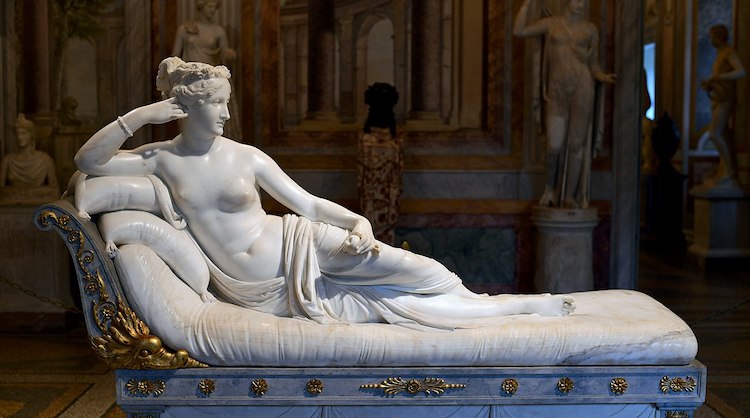
“Pauline Bonaparte as Venus Victrix” (1805-1808) by Antonio Canova. (Photo: Public domain via Wikipedia)
Texture is an element of art that also plays to our sense of touch. It's defined as a description of the way something feels or looks like it would feel. Sometimes we're speaking about an actual texture that can be felt, as in the case of Icelandic artist Hrafnhildur Arnardóttir, who creates installation art using synthetic hair. Other times, the texture is an implied visual texture that is two-dimensional. Smooth, rough, hard, soft, furry, fluffy, and bumpy are just some different textures that evoke different responses.
For instance, an artist looking for a hyperrealistic result would want clouds to appear fluffy, while another artist wishing to subvert conventions might play with texture to create a surreal experience for the viewer. The 19th-century sculptor Antonio Canova was a master of this, as exemplified by his portrait of Napoleon's sister where she's resting on a cushion that seems so soft and touchable, that it's hard to believe that it's marble.
What are the principles of art?
Now that you know the seven elements of art, it's important to know the principles of art, also called the principles of design. This refers to how the elements of art are used and applied. By making even small tweaks to one of the principles can result in big changes in your artwork. They are:
- Balance – How objects are positioned in a composition. It can also refer to the amount of white space around an element.
- Contrast – How the opposite elements relate to each other and add emphasis.
- Emphasis – Having one element stand out.
- Unity – How your media, shapes, etc., unite the composition and make it feel like a singular piece.
- Proportion – It's helpful to think of proportion as a ratio; how one part of something compares to the overall size.
- Rhythm – A way of organizing a composition to create a feeling of motion within the work.
- Movement – The way our eye scans the composition and moves throughout it.
- Variety – How different elements look can add visual variety—and therefore excitement—to a piece.
- Repetition – This can give a design visual consistency while being a tool to emphasize part of a piece.
- Scale – How one object compares to the others in terms of size.
Drawing Lessons
Inspired to start using the seven elements of art? Here are some drawing lessons to help get you started.
- Facial features are famously hard to draw: Learn how to draw any type of human nose with a few simple steps.
- Love fantasy art? Learn how to draw a unicorn or a dragon with these easy, step-by-step instructions
- Eyes are the window to the soul: Learn how to draw eyes in this sketching tutorial.
- Want to sketch your pet? Learn how to draw dogs in this step-by-step guide.
- Fascinated by insects? Learn how to draw a Monarch butterfly in five easy steps.
- Water is an essential part of our lives, but how do you draw this ambiguous compound? Learn how to draw water in six different ways.
- Find inspiration outdoors and learn how to draw three types of trees.
- People are some of the most fascinating and complex subjects to draw. While facial features capture the likeliness of a person, hair can say a lot about their personality. Learn how to draw different kinds of hair.
Online Art Classes
Want to learn more? Here are some online art classes we recommend.
- Portrait Drawing for Beginners: Learn how to draw anyone you'd like in bite-sized lessons that break down the human face into something simple and approachable with this My Modern Met Academy Course.
- Architectural Illustration for Everyone: Draw architecture like a pro in a step-by-step process of drawing buildings using ink and colored pencils in this My Modern Met Academy Course.
- Animal Portraits in Colored Ink: Explore ways to add personality and emotion to your work of art by using colored inks in this My Modern Met Academy Course.
- Light & Shading With Colored Pencils: Sharpen your drawing skills and create beautiful floral compositions with this Craftsy course.
- Urban Sketching in 15 Minutes a Day: Incorporate sketching into your daily routine with this Craftsy course.
- Realistic Textures in Colored Pencil: Learn how to draw ur and feathers in lifelike detail with this Craftsy course.
- Master Palettes: Explore color mixing and matching with oil paint Scott Gellatly in this course.
- Learning Line: Learn how to use line drawing to reduce a subject down to its essential components in this course.
Frequently Asked Questions
What is the seven elements of art?
The elements of art are line, color, form, shape, space, value, and texture.
Why is it important to understand the seven elements of art?
By gaining a deeper understanding of the elements of art, it's easier to analyze and create any type of artwork.
This article has been edited and updated.
Related Articles:
25 Art History Terms to Help You Skillfully Describe a Work of Art
11 Different Types of Painting That Every Artist Should Know
21 YouTube Channels to Learn How to Draw for Free
Learn to Paint Without a Brush By Drawing With Pastel Sticks
80+ Painting Ideas That Will Inspire You to Pick Up a Brush Right Now
11 Essential Watercolor Techniques All Painters Need to Know











































































